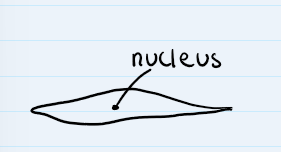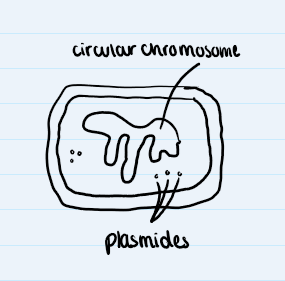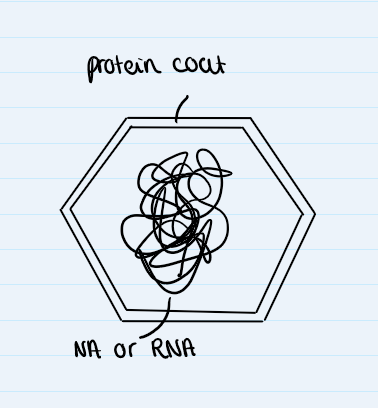Biology - LIFE PROCESSES, CELLS, BIOLOGICAL MOLECULES AND VARIETY OF LIFE
1/23
Earn XP
Description and Tags
Name | Mastery | Learn | Test | Matching | Spaced |
|---|
No study sessions yet.
24 Terms
what are the different characteristics of living organisms
they need nutrition
they respire
they excrete their waste
they respond to their surroundings
they move
they can control their internal conditions
they reproduce
they grow and develop
what are living organisms made up of
cells
what do cells contain
organelles
two different types of cells
prokaryotic and eukaryotic cells
what are prokaryotic cells like
give 3 examples
big complex cells
fungi, animal, plant
what are eukaryotic cells like
give an example
simple small cells
bacteria
what are organelles
tiny structures within cells, only seen at microscopic levels
what are the organelles found in ANIMAL cells
nucleus
cell membrane
cytoplasm
mitochondria
ribosomes
what are the organelles found in PLANT cells
nucleus
cell membrane
cytoplasm
mitochondria
ribosomes
chloroplasts
cell wall
vacuole
what is a tissue
a group of similar cells that carry out a particular function
what is an organ
a group of different cell types
what make up organ systems
organs
what can embryonic stem cells do
they can turn into any type of cells
what is another name for undifferentiated cells
stem cells
where are stem cells found
in human embryo
where do adults have stem cells
in bone marrow
what can bone marrow stem cells do
turn into blood cells
can stem cells be used to cure diseases
yes but they could get contaminated and spread viruses
give characteristics of plants (4)
multicellular
photosynthesis (chloroplasts)
cell wall
store carbohydrates as sucrose and starch
give characteristics of animals (4)
multicellular
no cell wall
store carbohydrates as glycogen
can’t photosynthesise
give characteristics of fungi (6)
some are single celled
others have a body called mycelium (made up of hyphae)
can’t photosynthesise
cell walls made of chitin
feed by saprotrophic nutrition
store carbohydrates as glycogen

give characteristics of protoctists (3)
single celled
microscopic
some have chloroplasts

give characteristics of bacteria (6)
single celled
microscopic
no nucleus
circular chromosome
some can photosynthesise
feed off other organisms

give characteristics of viruses
particles, not cells
can only reproduce in living cells
parasite
infect all types of organisms
come in different shapes and sizes
no cellular structure
have a protein coat around DNA